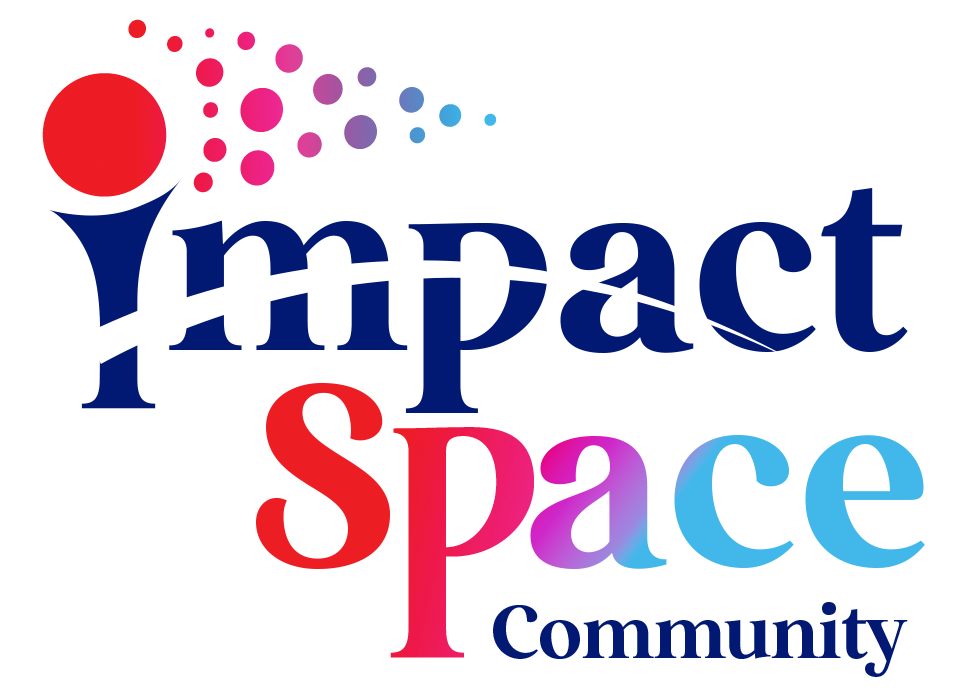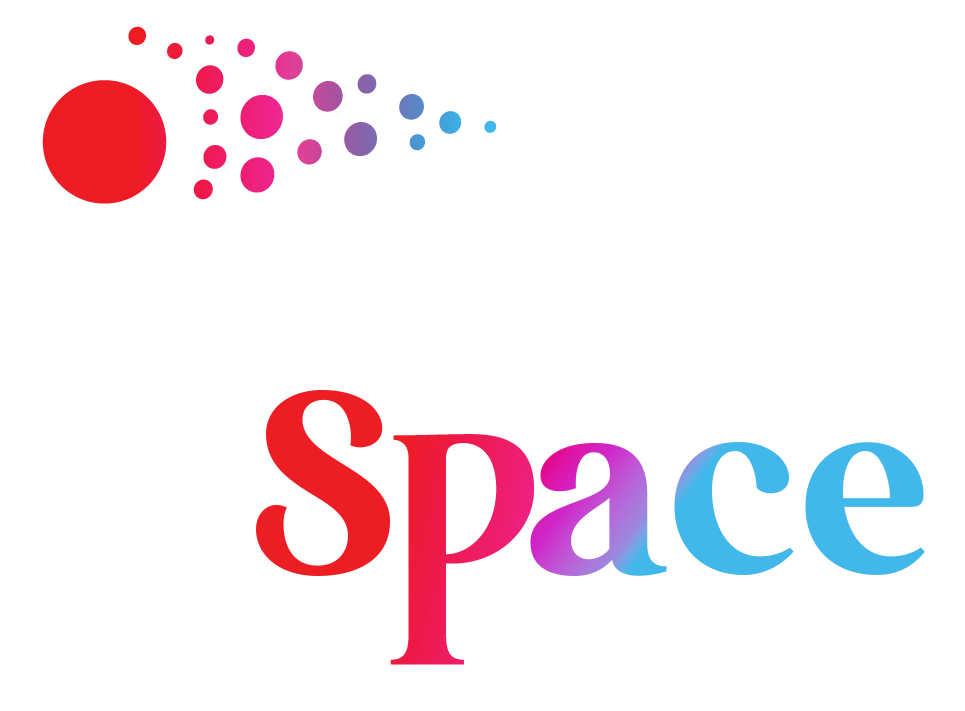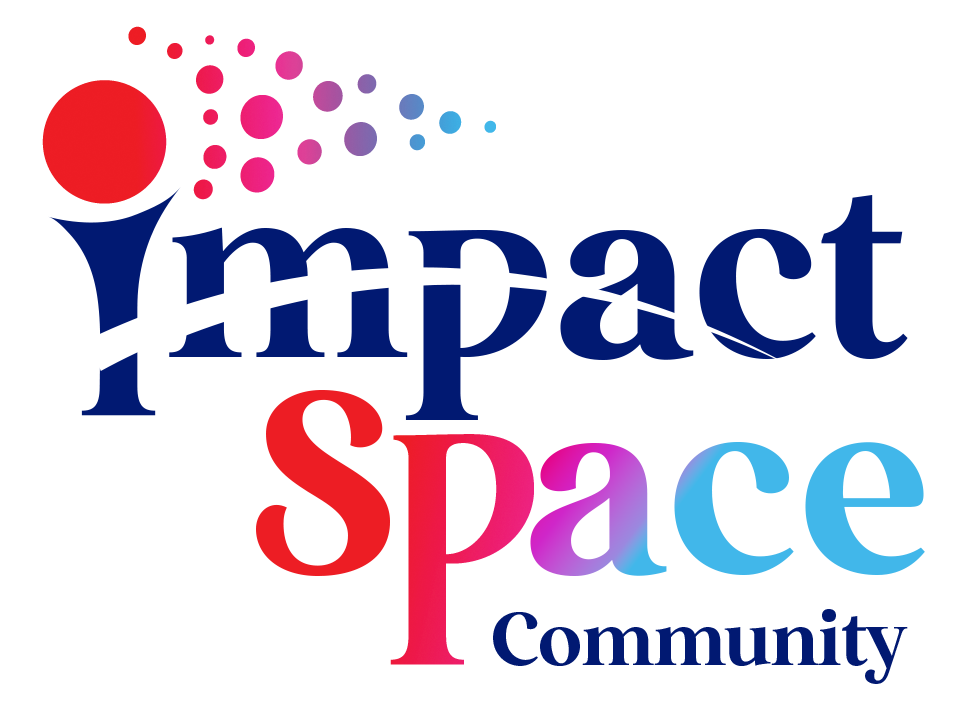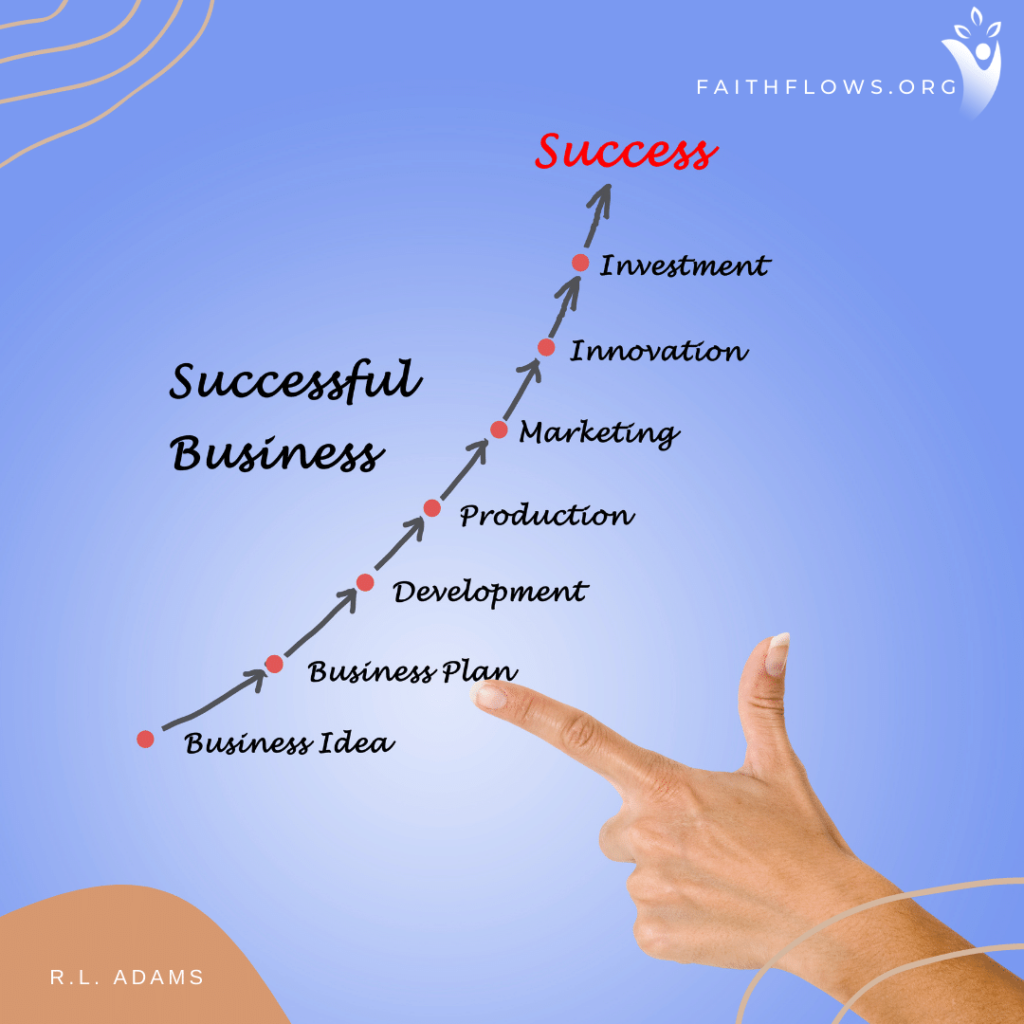Mastering the Art of Task Prioritization: Transforming Action Plans for Optimal Success

In the bustling whirlwind of modern life, we often find ourselves inundated with endless to-do lists, looming deadlines, and a constant pressure to perform. As our days become a tightrope walk between personal obligations and professional demands, it’s clear that the key to maintaining a balance lies in one essential skill: task prioritization.
Why is task prioritization so important, you might ask? Imagine juggling a handful of balls, each representing a task that needs to be done. You’re likely to drop a ball or two if you’re not careful about which one needs to be caught first. This is exactly how task prioritization works. By understanding which tasks hold the highest value, which ones are time-sensitive, and which ones can be held off for later, we can navigate our day-to-day responsibilities with greater efficiency and less stress.
Prioritization is a game-changer in our professional and personal lives. Without prioritization, we can easily get bogged down in lower-priority tasks and lose sight of the bigger picture.
Here are various prioritization methods that can help us make the most efficient and effective use of our resources and avoid wasting time and effort on tasks that are less important or impactful.
Prioritization Methods
There are several methods and tools that can be used to prioritize actions in an action plan. Here are some common ones:
Impact and Effort Matrix:
The Impact Effort Matrix, also known as the Effort Impact Matrix or the Action Priority Matrix, is a decision-making tool that helps prioritize tasks or projects based on their potential impact and the effort required to complete them.
This method involves rating each action in terms of its potential impact on achieving the objective and the effort required to complete the action. Actions are then plotted on a matrix based on their impact and effort ratings, with those actions that have the highest potential impact and lowest effort rating prioritized.

1. High-impact, low effort: These are the items you want to tackle first. They highly impact your bottom line and are relatively simple compared to other items. In short, they’re quick wins, such as creating a call to action for your blog pieces.
2. High impact, high effort: Typically, these important tasks require more resources. Planning your quarterly goals and developing a strategy for execution could belong in this quadrant.
3. Low impact, low effort: These are items that are easy to do but don’t provide a ton of value to your business goals, such as paying invoices.
4. Low impact, high effort: These items require some thought as to whether they’re worth the time and effort, such as double checking spreadsheets from a year ago.
Example
Objective: Increase website traffic by 50% in the next six months.
Action 1: Develop a content marketing strategy.
- Impact Rating: High
- Effort Rating: High
- Priority: High
Action 2: Optimize website for search engines.
- Impact Rating: High
- Effort Rating: Medium
- Priority: Medium-High
Urgency-Importance Matrix:
This method involves rating each action based on its level of urgency and importance. Actions that are both urgent and important are given the highest priority, followed by actions that are important but not urgent, then actions that are urgent but not important, and finally actions that are neither urgent nor important.

- Upper left-hand side: These tasks are highly important, but not as urgent. Though they don’t need immediate attention, delaying these too much will move them into the righthand quadrant. A few examples include a deliverable scheduled for next month or a project plan you should finish next week.
- Upper right-hand side: This describes tasks that are highly important and extremely urgent, such as projects with tight deadlines or critical issues.
- Bottom left-hand side: This quadrant is for tasks that are not as important and urgent. It’s worth examining whether these items take your team away from important assignments that better serve your bottom line. This could include red tape processes or unused reports.
- Bottom right-hand side: These tasks are not super important, but are more urgent. These activities require immediate attention, but aren’t so crucial for your project’s success. Don’t ignore these tasks, however. If you do, they could snowball and turn into an unmanageable undertaking.
If you’re in charge of a team, you may want to delegate these items to someone with more capacity, or automate them. With the right work operating software, you can automate emails or track how much time you spend assisting coworkers with non-related projects and pause on those efforts until you have time.
Objective: Launch a new product line within the next six months.
Action 1: Develop product concept and design.
- Urgency: High
- Importance: High
- Priority: High
Action 2: Conduct market research and analyze competition.
- Urgency: Medium
- Importance: High
- Priority: Medium-High
Cost-Benefit Analysis:
This method involves weighing the costs and benefits of each action to determine which actions will have the greatest return on investment. Actions that have a high potential benefit and a low cost are typically prioritized.

Example
Objective: Increase customer retention rate by 20% in the next year.
Action 1: Improve customer service response time.
- Cost Rating: Low
- Benefit Rating: High
- Priority: High
Action 2: Develop a customer loyalty program.
- Cost Rating: High
- Benefit Rating: High
- Priority: Medium-High
Simple Scoring Model:
This method involves assigning a numerical score to each action based on its alignment with specific criteria or objectives. The scores are then used to rank the actions in order of priority.
These are just a few examples of the methods and tools that can be used to prioritize actions in an action plan. The best method will depend on the nature of the objective, the specific actions being considered, and the needs and preferences of the team.








Responses